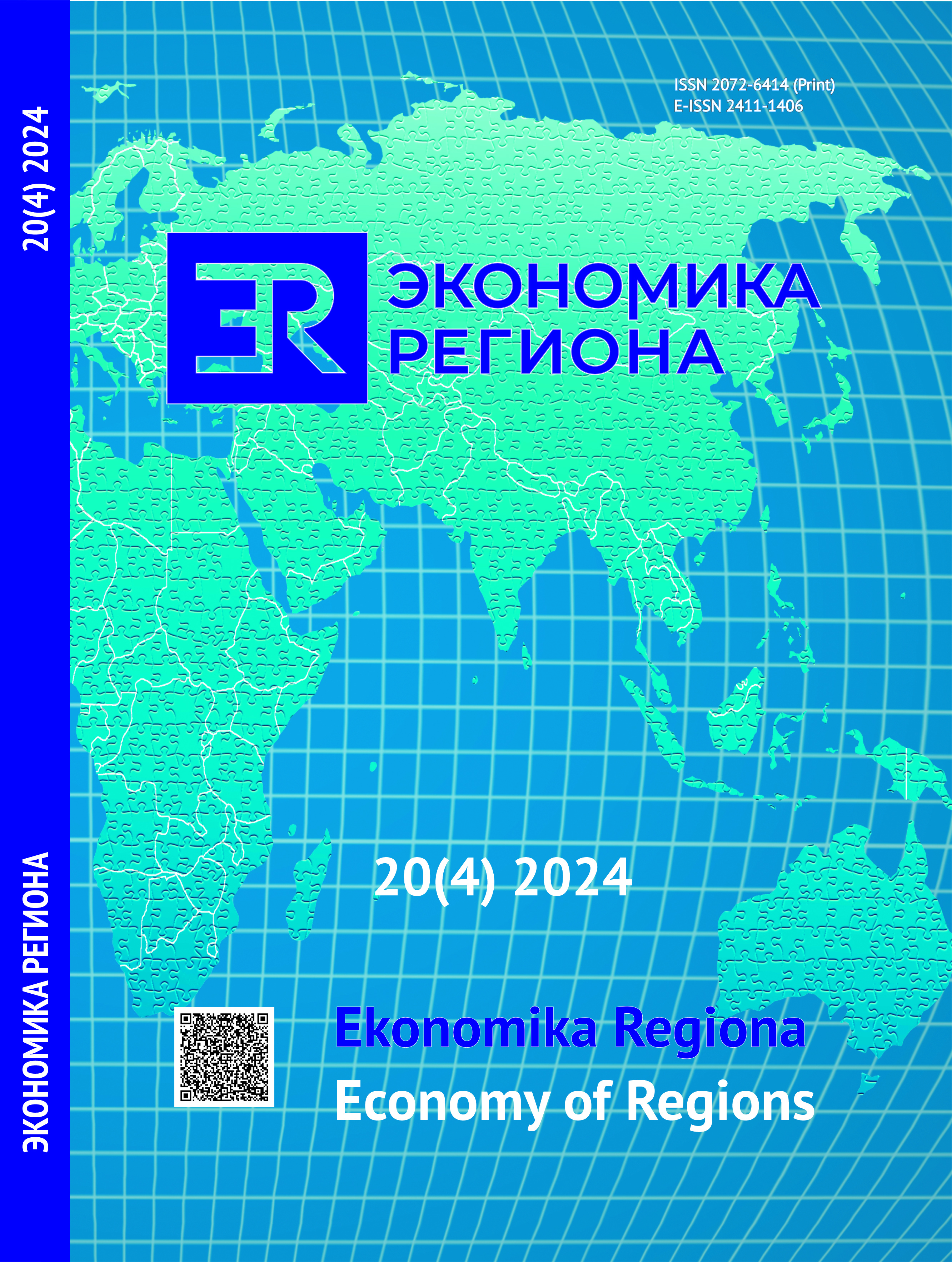Российско-казахстанское приграничье: на пути к формированию трансграничных макрорегионов Сибири
Russian-Kazakhstan Border Territories: On The Way To Form Sibir Cross-Border Macroregions
Author(s): Oleg M. RoySubject(s): Economy, Supranational / Global Economy, Socio-Economic Research, Geopolitics
Published by: Институт экономики Уральского отделения Российской академии наук
Keywords: cross-border macroregion; international functional region; cross-border interaction; socio-economic profile; border region; cross-border cooperation; Russian-Kazakhstan border; Siberian Federal Okrug;
Summary/Abstract: Border regions occupy a significant part of the territory of Russia. All of them are adapted to the conditions of cross-border interactions to varying degrees. This article examines the economic and institutional conditions for interaction between the regions of Russia and Kazakhstan on the Siberian section of the state border within the so-called “cross-border macroregions”. The list of studied border regions of both countries includes regions that have shared borders. The purpose of this article is to select an optimal set of compatibility features between the border regions in order to form a cross-border macroregion in the alignment of the Russian-Kazakh border. The study assesses the readiness of the border regions of both countries to cooperate with each other and determines a list of indicators for the monitoring of the adjacent regions development and a typology of regions in relation to the implementation of cross-border interaction. A hypothesis suggests equal readiness of the border regions of Russia and Kazakhstan to establish cross-border cooperation and sustainable economic relations within the macroregion. The article presents a conceptual model of a transboundary macroregion, which includes the common borders of adjacent regions, their economic specialisation and infrastructure provision. A typology of border regions is based on an assessment of a region’s infrastructure provision and its economic activity. The results show the leadership of the Novosibirsk and Pavlodar Regions. A comparative analysis made it possible to identify three options for the formation of transboundary macroregions based on the correlation of the indicators of geographically close and open to each other border regions of both countries by the leading Russian region within each macroregion – Omsk, Novosibirsk and Altai. The leading role of the Novosibirsk direction in the formation of a transboundary macroregion is determined. The results obtained can be used by government bodies to develop a concept for the development of border regions of the country, justify promising measures for the implementation of the state’s spatial strategy.
Journal: Экономика региона
- Issue Year: 20/2024
- Issue No: 4
- Page Range: 1026-1040
- Page Count: 15
- Language: Russian

